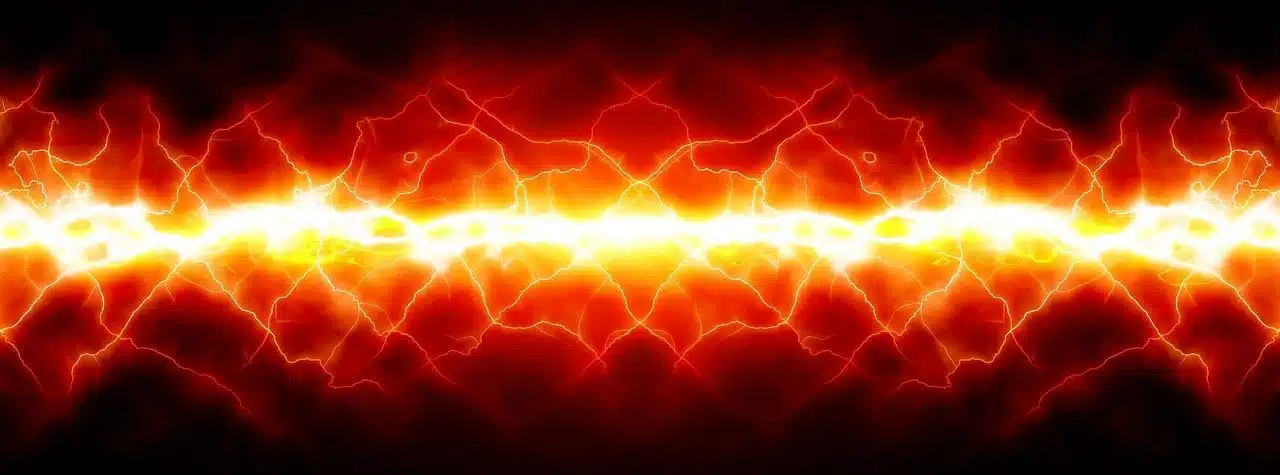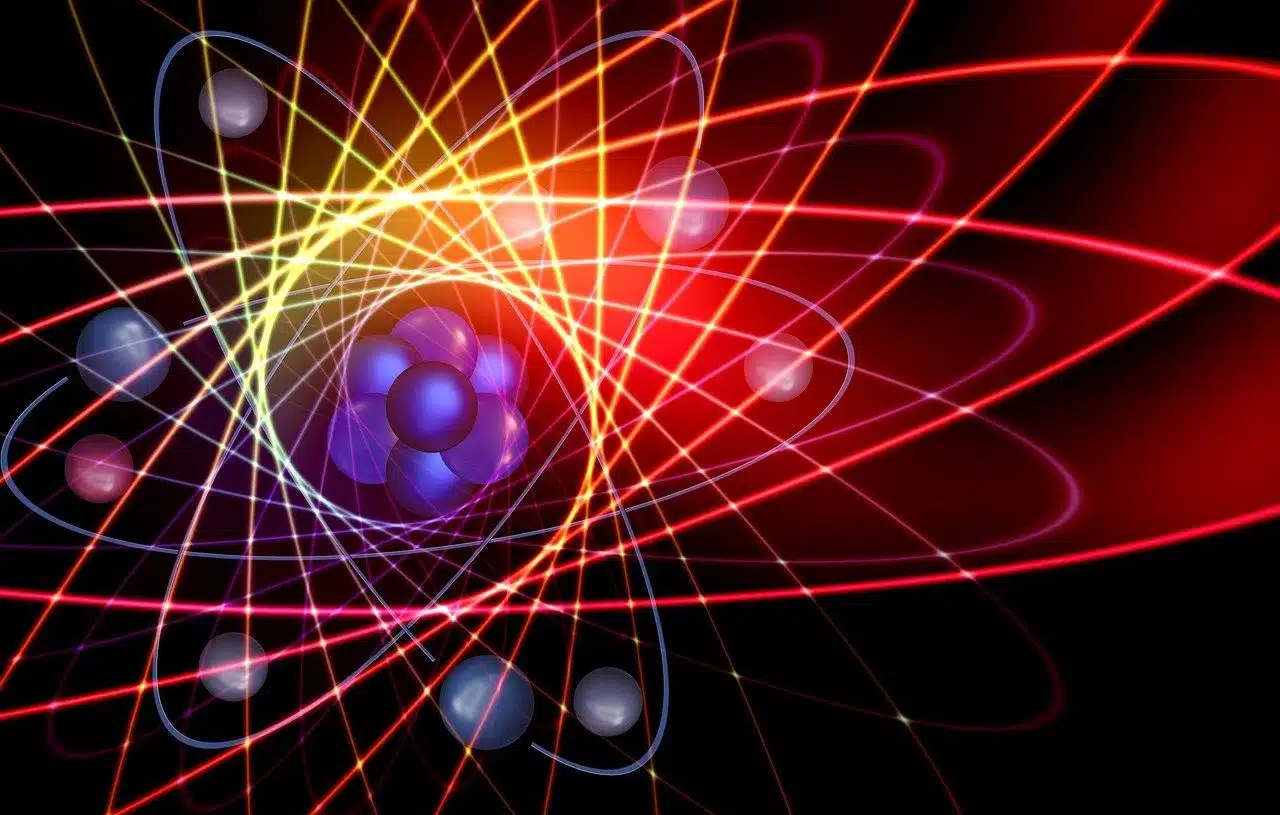
The fundamental interactions between subatomic particles are four forces: weak nuclear, strong nuclear, gravitational and electromagnetic.
Fundamental forces are, according to particle physics experts, interactions produced in the universe that cannot be broken down into more basic processes or phenomena.
This set encompasses a standard model made up, in principle, of four elements: the weak nuclear force , the strong nuclear force , the force of gravity and the electromagnetic force .
Research carried out years ago leaves open the possibility of officially recognizing a fifth force that, according to hypotheses, would allow us to understand dark matter more and better and, ultimately, add precision and reveal unknowns related to the universe . There is still a lot of work to be done and more discoveries to be made, but it is believed that a particle that is only linked, at a short distance, with neutrons and electrons has been identified. Protophobic X boson is the name given to it.
It is interesting to mention that scientists have already appealed to the principle of equivalence connected to the theory of general relativity in order to determine how and which could be established as the number five of the fundamental forces . Likewise, resources have been allocated to measure the gravitational constant inside a mine and, in that context, the idea of the existence of a repulsive force whose range would oscillate between centimeters and kilometers gained notoriety.
Characteristics of fundamental forces
Beyond knowing what the fundamental forces are, it is convenient to be aware of the characteristics presented by each of the so-called fundamental interactions that involve subatomic particles .
The weak nuclear force , the theory indicates, is born when massive particles of the Z and W boson class are emitted or absorbed (that is, there is an exchange), which, as concluded taking into consideration the Heisenberg uncertainty principle , have a short life. This variety of interaction, responsible for processes such as beta decay and the main driver of nuclear fission , disturbs all fermions known to date.
The strong nuclear force gives union to the nucleons thanks to its ability to both overcome the electromagnetic repulsion that arises between protons of the same electrical charge and to cause the neutrons to become twinned with each other and even linked with the protons .
By focusing on the field of electromagnetism , to add another option, we will be able to collect valuable data around electromagnetic interaction . In addition, the so-called Lorentz force gains visibility in this framework, a type of force exerted by any electromagnetic field that has received an electric current or an electrically charged particle.
Gravity , for its part, is a phenomenon characterized by the attraction between fields of matter and elements possessing energy or mass, as seen when analyzing the interaction between galaxies , planets and other objects present in the universe .

Magnetism and electricity are two phenomena that come together in electromagnetic interaction. Maxwell's equations and the explanations given by Albert Einstein regarding the photoelectric effect, for example, become relevant in this field.
Cosmological implications
As the study of fundamental forces progresses, curiosity about the cosmological implications of these interactions increases.
It is enriching to learn about how the fundamental forces have been relevant throughout the evolutionary process of the universe, how they are related to the Big Bang and what level of influence or protagonism they have over everything that gives structure to the cosmos .
More than six decades ago, a group of physicists postulated that, in the face of episodes with records of extremely high temperatures such as those experienced by small particles at the beginning of the universe , the electromagnetic force and the weak nuclear force could be unified, generating an electroweak interaction .
Nor should we overlook the cosmological contribution of the concordance model associated with the Big Bang , which provides tools to understand, among other issues, what the accelerated expansion observed in supernovae and galaxies is about and what the cosmic microwave background is like.
Going deeper into quantum field theory, we arrive at the standard model of particle physics which, in its development, proposes the existence of a fundamental particle called the Higgs boson . According to the hypothesis and studies of British physicist Peter Higgs , this boson makes up the quantum of the quantum field popularly known as the Higgs field . In order to verify its existence and evaluate its properties, devices such as the Large Hadron Collider have been used, to cite an example.

Within the theory of quantum mechanics, the so-called Planck constant is key to, among other issues, establishing the proportion between the energy present in a photon and the frequency corresponding to the electromagnetic wave that is associated with it.
News linked to fundamental forces
Scientific activity does not stop and the fundamental forces are still present in multiple research projects. For this reason, with some frequency articles are published in specialized media and in the press in general that disseminate the results of different studies and experiments.
The magnifying glass of experts has been placed, specifically, on how muons oscillate or behave and what their magnetic properties are, as well as it has also been announced that, for the first time, nuclear interaction could be measured with great accuracy. strong . This achievement is essential to arrive at a global and unified theory that explains in the same space all the fundamental forces of nature .
